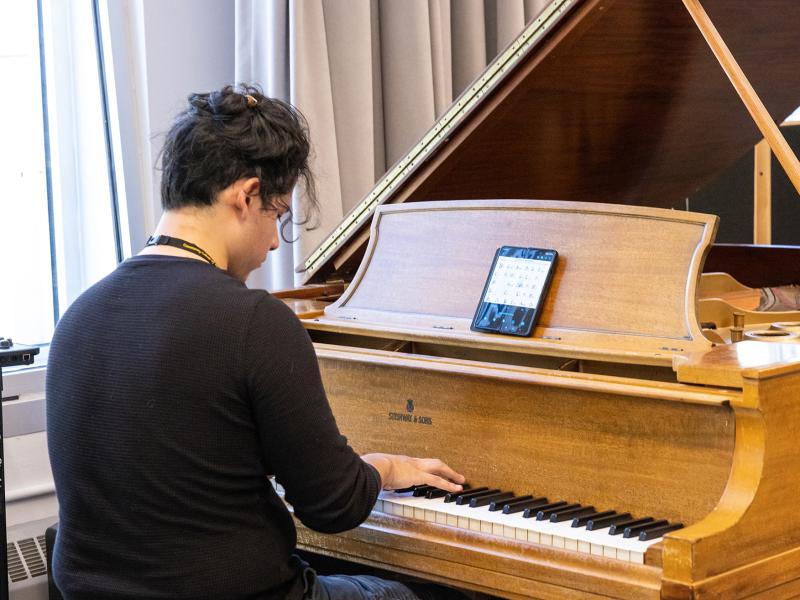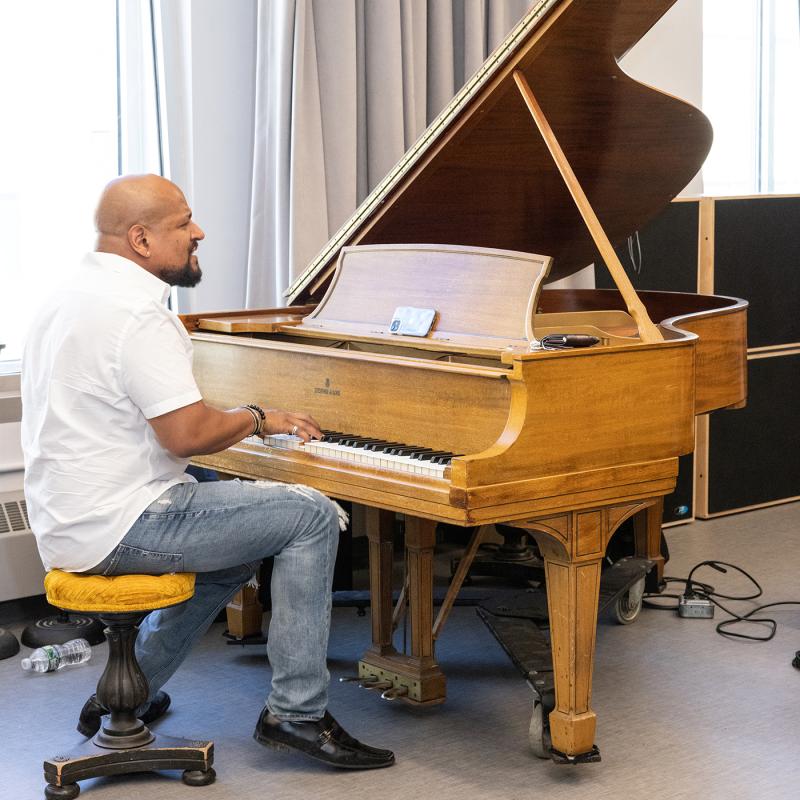-
Program Duration: Short-Term Program
-
Degree Type: Proficiency Certificate
-
Total Credit Hours: 20

About This Certificate
Piano tuning is a skill that is both vital and rare in the field of musical performance. Students enrolled in the Music Performance degree program who want to add a profitable skill to their arsenal should look no further. This program will teach you the ins and outs of the piano and prepare you for a career in piano tuning and maintenance. Not only will students learn tuning and maintenance in a hands-on way in the classroom, but they will also have the opportunity to get out of the classroom and work with professionals at piano stores and local concert halls, learning how to tune and maintain instruments of various qualities and ages. Students will work with both upright and grand pianos and will eventually complete certification with the Piano Technician’s Guild. Students must already be enrolled in the Music Performance degree program to enroll in this certificate program.
Course Sequence:

Launch Your Career as a Piano Technician
- Musical Instrument Repairers and tuners - est. salary $40,931
- Music Therapist - est. salary $79,778
- Musicians and singers - est. salary $78,099
Career Outlook
Median Salary of a Musical Instrument Repairers and Tuners
Number of Jobs in the Region
10-year Job Outlook in the Region for Musical Instrument Repairers and Tuners
Musical Instrument Repairers and Tuners
Tune and repair musical instruments working in a shop, music specialty service, or school district.
Starting Pay: $25,075

Typical Tasks
- Play instruments to evaluate their sound quality and to locate any defects.
- Adjust string tensions to tune instruments, using hand tools and electronic tuning devices.
- Reassemble instruments following repair, using hand tools and power tools and glue, hair, yarn, resin, or clamps, and lubricate instruments as necessary.
- Disassemble instruments and parts for repair and adjustment.
- Repair or replace musical instrument parts and components, such as strings, bridges, felts, and keys, using hand and power tools.
Related Programs
Let's Get Started
